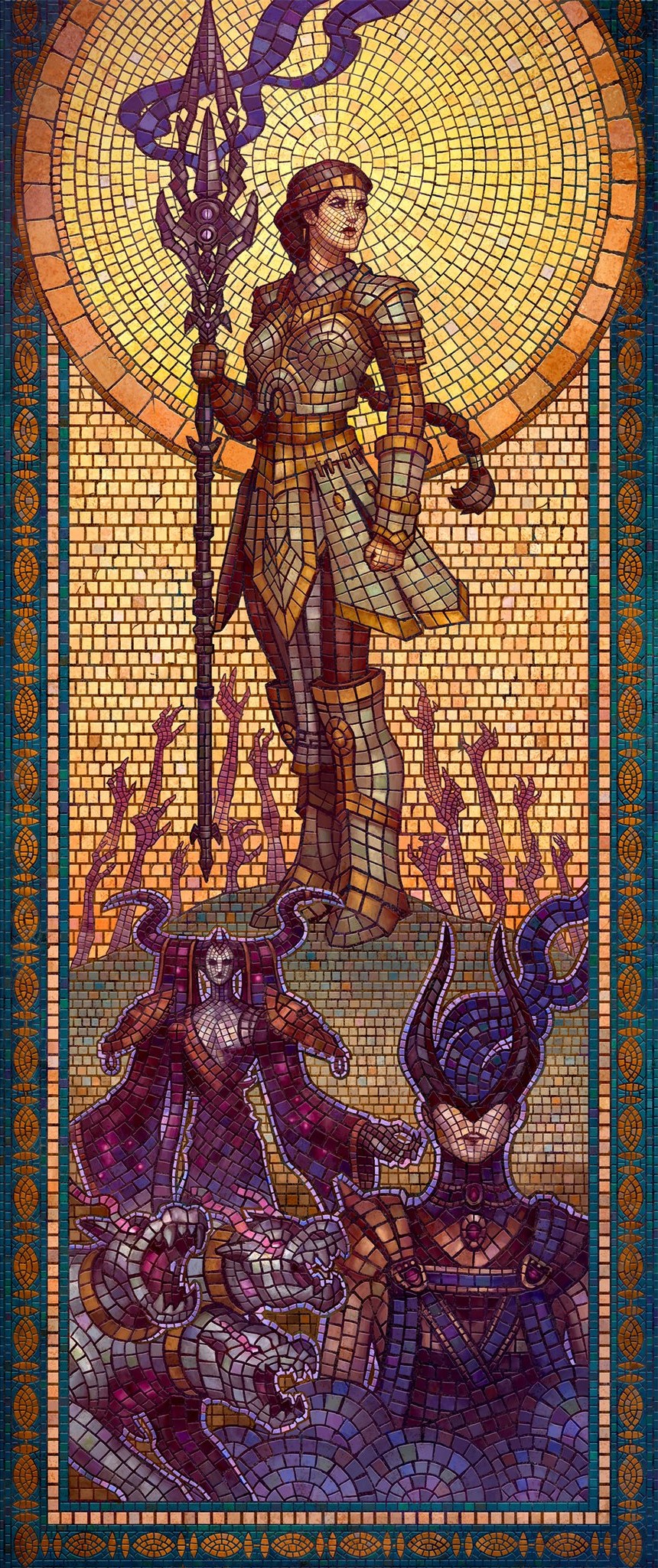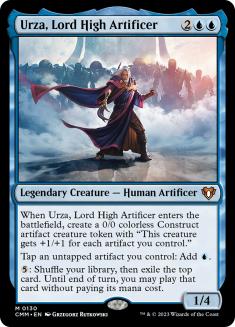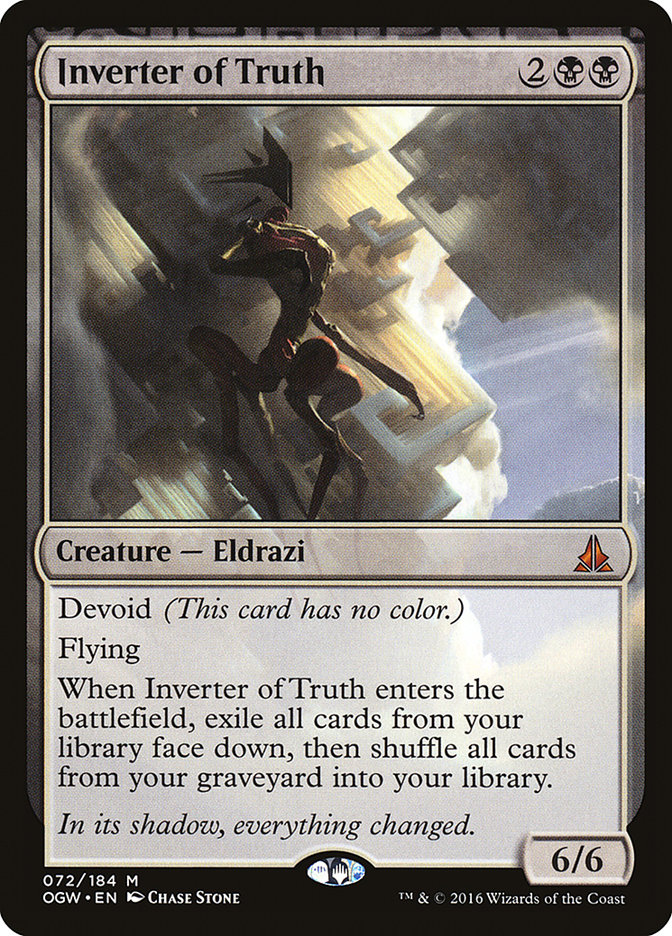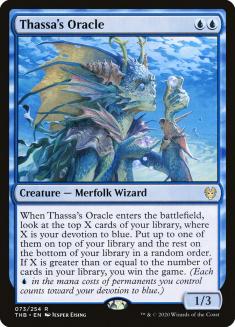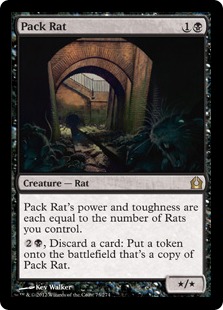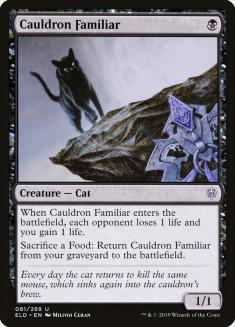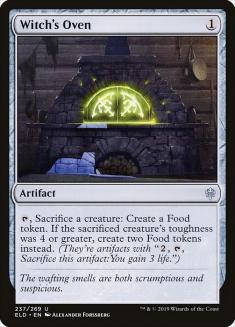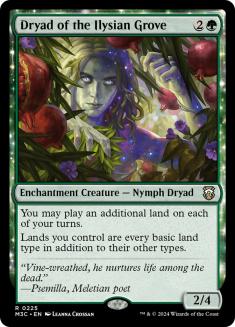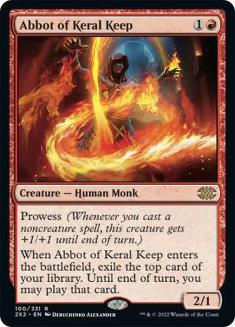For a long time, I’ve championed the value of watching Magic. Removed from the minutiae of moment-to-moment decision making, you can let the game wash over you, observe from both sides, and understand what cards are altering outcomes. If I have a large event to prepare for, I will slant my preparation in favor of watching games, rather than playing. This is especially true when my goal is deckbuilding or tuning.
Fortunately for those of you preparing for SCG Philadelphia this weekend, I’ve just returned from SCG Richmond, where I was able to observe sixteen rounds of Magic across three different formats. Standard, Pioneer, and Modern have all seen major shakeups, and that was clearly on display. If you’re trying to get an edge in these turbulent times, identifying cards that either exceed or fail to live up to expectations is a fine place to start. Let’s look at some over and under-performing individual cards from SCG Richmond.
Underperformers
Creatures (4)
Lands (24)
Spells (32)

It’s weird to link to the champ’s deck when discussing an underperforming card, but this breakdown really has more to do with the sky-high expectations surrounding a card like Urza. Without the help of Oko, Mox Opal, and Emry, Urza was a threat, but it never felt like the focal point.
While the final statement regarding the identity of a deck lies in the hands of its creator, I would argue that Eli’s deck is now far more focused on Mystic Sanctuary. Urza plays a powerful role, but the burden to actually win the game is now squarely on the powerful instants that allow something bordering on true control for the first time in a long time. Seven maindeck counterspells is absurdly high for the Modern format, and it feels like the end game is much more focused on either Cryptic Command locking an opponent or using Whir of Invention to set up Thopter Foundry + Sword of the Meek.
While I want to suggest that the archetype may eventually move away from Urza and focus more on Whir targets, the low cost/huge reward on Urza probably renders that an impossibility. The card just has too much text to ever skip the call when artifacts are the name of the game. Despite this fact, understanding just how much this deck strays from the path of the past format’s Simic Urza decks is going to be critical for the folks looking to pick up the deck this weekend.
And seriously, you should be thinking about picking this deck up. Eli Kassis dismantled Amulet Titan on the weekend with a 9-0 record in the matchup. Amulet Titan was by far the most-represented deck on Day 2 of Richmond, basically tripling the metagame share of the closest competitor. Don’t be surprised if Eli’s deck closes the gap in Philadelphia.
Inverter of Truth and Thassa’s Oracle
Creatures (8)
Planeswalkers (3)
Lands (19)
Spells (30)

This is not Splinter Twin. It’s not even in the ballpark. It is a powerful two-card combo that you can build a coherent deck around. Maybe even the best deck. But the number of times I saw these two cards just jammed onto the battlefield on Turn 6 to win the game on the spot? Zero.
Again, I’m pointing to a champ’s list to illustrate something that was done correctly. Dimir Inverter decks must establish a secondary path to victory beyond their combo, especially in sideboard games. Pete Ingram (and his finals opponent, Edgar Magalhaes) went to Pack Rat, and this was by far the best option I saw on the weekend.
Capable of quickly and easily winning games on its own just like it did in Theros Standard, Pack Rat checks the biggest box when it comes to a secondary threat. It is not vulnerable to Mystical Dispute. I saw Jace, Vryn’s Prodigy and Ashiok, Dream Render attempt to get the job done and fail miserably, mostly due to this vulnerability.
While Pack Rat may have been incredible on this go-around, Legion’s End is already becoming an important feature of the mirror, and a successful juke in Philly might do wonders. Baker Neenan displayed the power of a single Ipnu Rivulet in his semifinals match against Edgar, and I’m left wondering if the manabase can bear a few more copies of the powerful Desert.
Cauldron Familiar and Witch’s Oven
Creatures (23)
- 3 Thrashing Brontodon
- 4 Mayhem Devil
- 1 Massacre Girl
- 1 God-Eternal Bontu
- 4 Gilded Goose
- 3 Korvold, Fae-Cursed King
- 3 Murderous Rider
- 4 Cauldron Familiar
Planeswalkers (1)
Lands (19)
Spells (17)

Dylan Hand obliterated the competition on Day 1 of SCG Richmond. Then he faced the winners metagame on Day 2, and the cracks in this venerated duo started to show. Theros Beyond Death Standard has successfully outscaled Jund Sacrifice. That very specific midgame moment – post-early aggression, pre-Finale of Devastation – used to belong to Korvold, Fae-Cursed King. Now, it’s Wilderness Reclamation’s world.
Creatures (9)
Lands (22)
Spells (29)
- 2 Forest
- 1 Mountain
- 2 Island
- 4 Expansion
- 4 Growth Spiral
- 4 Wilderness Reclamation
- 4 Omen of the Sea
- 4 Storm's Wrath
- 4 Thassa's Intervention
Sideboard

Will Pulliam lost a single match of Magic on the weekend. That is incredible dominance, and much of it is based on the ability to control the game on Turns 3-5 and then close the door on Turns 6-9. Jund Sacrifice gets soundly trounced in the matchup against Temur Reclamation. Its brand of answers does little against threats in the form of instants. Even Dylan’s deck which featured maindeck Agonizing Remorse and was extremely well-built for the metagame that turned up just could not come close to hanging. You can’t play a worse version of another deck. Until Jund Sacrifice can point to a reason for its existence, it will remain an afterthought.
Rakdos Sacrifice has a similar identity crisis. With a decreased level of aggression from Mono-Red Aggro, and a bunch of cards like Priest of Forgotten Gods attempting to punish midrange decks that simply don’t exist, you can’t make a good argument to toss your Cauldron Familiars into the Oven. All things are cyclical, and this combo is simply too strong to stay gone forever, but now is clearly not the time.
Overperformers
Creatures (16)
Lands (28)
- 1 Wooded Foothills
- 1 Windswept Heath
- 2 Snow-Covered Forest
- 1 Gemstone Mine
- 1 Golgari Rot Farm
- 2 Gruul Turf
- 1 Breeding Pool
- 1 Ghost Quarter
- 4 Simic Growth Chamber
- 1 Vesuva
- 2 Tolaria West
- 2 Valakut, the Molten Pinnacle
- 1 Bojuka Bog
- 1 Cavern of Souls
- 1 Radiant Fountain
- 1 Hanweir Battlements
- 1 Field of the Dead
- 4 Castle Garenbrig
Spells (16)

Look, Dom Harvey is right. Amulet Titan can be beaten. But it’s not as easy as it used to be, and a huge reason for that is Dryad of the Ilysian Grove. Sure, Dryad allows a complete restructuring of the Amulet Titan manabase that makes it much cleaner and more consistent. It also allows the deck to win without ever entering combat. It even gives the deck a reasonable defensive body that can stem early aggression. All of these very significant upgrades pale in the face of the fact that you can now actually win games without Primeval Titan. We’re just beginning to see the consequences of these changes, but I want to see folks start to get even more aggressive with their rebuilds of Amulet Titan. I’ve been messing with the following update to Matthew Dilks’s list:
Creatures (14)
Lands (28)
- 2 Snow-Covered Forest
- 1 Gemstone Mine
- 1 Golgari Rot Farm
- 2 Gruul Turf
- 1 Breeding Pool
- 1 Ghost Quarter
- 4 Simic Growth Chamber
- 1 Vesuva
- 2 Tolaria West
- 1 Misty Rainforest
- 2 Valakut, the Molten Pinnacle
- 1 Verdant Catacombs
- 1 Bojuka Bog
- 1 Cavern of Souls
- 1 Radiant Fountain
- 1 Hanweir Battlements
- 1 Field of the Dead
- 4 Castle Garenbrig
Spells (18)

Hour of Promise has impressed in Simic Ramp builds, and it’s probably time for Amulet Titan to give the card some run. With Dryad on the battlefield, it is trivial to cobble together a kill after a resolved Hour of Promise. The manabase of Amulet Titan has answers to any conceivable problem at this point. Maximizing access to it feels like the future.
Creatures (26)
- 4 Monastery Swiftspear
- 4 Abbot of Keral Keep
- 3 Kari Zev, Skyship Raider
- 4 Soul-Scar Mage
- 4 Goblin Chainwhirler
- 4 Bonecrusher Giant
- 3 Torbran, Thane of Red Fell
Planeswalkers (2)
Lands (7)
Spells (25)

Mono-Red has the capability to serve as a foil to the deck that is trying to win with a slow two-card combo and a wonky manabase. The issue is that red decks in Pioneer have historically insisted on powerful individual threats. This was taken to its extreme with the now deceased “chonkier” builds, but most players still play lists loaded with three- and four-mana cards. While this makes sense in the context of other matchups, a deck like Dimir Inverter salivates at the opportunity to punish players who are tapping out for a single threat per turn. Inverter will simply spend its turn answering the threat, eventually cast Dig Through Time, have a two-spell turn, and close the door with the combo. As the red player, you must have some semblance of card advantage to go alongside your haymakers.
Enter Abbot of Keral Keep.
Abbot of Keral Keep forces damage early while simultaneously helping rebuild following Dimir Inverter’s key defensive turn. Relying on something like Bomat Courier to provide card advantage is just too fragile in the face of Dimir Inverter’s copious removal and disruption. Relying on true threats with card advantage stapled on like Abbot and Chandra, Torch of Defiance can let red get back to being a deck with multiple gameplans in the aftermath of the invalidation of cards like Glorybringer.
Creatures (4)
Planeswalkers (8)
Lands (12)
Spells (36)

Creatures (3)
Planeswalkers (6)
Lands (25)
Spells (26)

Speaking of haymakers, this is how you upgrade your card quality. Elspeth Conquers Death has such dramatic impact on every single phase of a game of Magic. In the early-game, every Teferi and Narset in your deck has now become an eminently disposable resource. Slam those planeswalkers on Turn 3, consequences be damned. They’re just coming back to the battlefield in superpowered form anyway. On Turn 5 when it’s time to cast Elspeth Conquers Death, you’re going to hit your opponent’s best threat, and Elspeth Conquers Death doesn’t discriminate based on permanent type. When Turn 6 rolls around, slam that Dream Trawler! Even if they can kill it, who cares? Drew an Elspeth Conquers Death in the late-game? How about bouncing it with that Teferi, Time Raveler you’ve had no trouble protecting?
Elspeth Conquers Death is near impossible to play against, generates immediate value, plays incredibly well in multiples, and just leaves opponents without options. I get that it feels strange to tap out on Turn 5 as a control deck. If the payoff is good enough, though, it just doesn’t matter. For Standard purposes, Elspeth Conquers Death is in the conversation for the best card in Theros Beyond Death. Winning both tournaments on the format’s debut weekend is a great start, but it feels like the card is just getting started. Azorius Control is the obvious home, but if pure ramp strategies are effectively squeezed out of the format by Temur Reclamation, I like the look of something like this as well:
Creatures (1)
Planeswalkers (4)
Lands (20)
Spells (35)

The Temur Reclamation matchup is not where I’d want it to be yet, but you have strong plans against Mono-Red Aggro and Azorius Control, and hitting two out of three members of the top tier isn’t a bad start.
Don’t fool yourself into expecting an exact repeat of Richmond at SCG Philadelphia. Top players have already started working on their adaptations and putting their lessons learned into practice. Take the small tidbits provided here and use them to help inform your own gambits for this weekend. All three formats are in their formative stages, and there’s room for innovation across the board.

